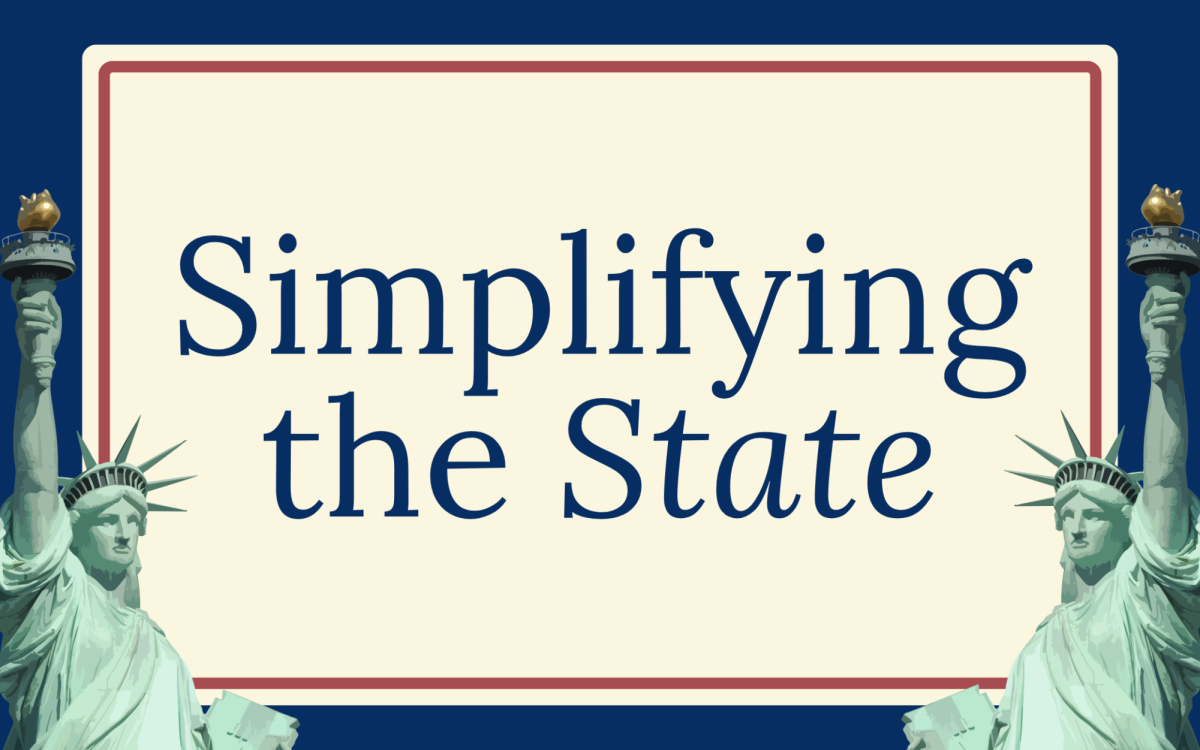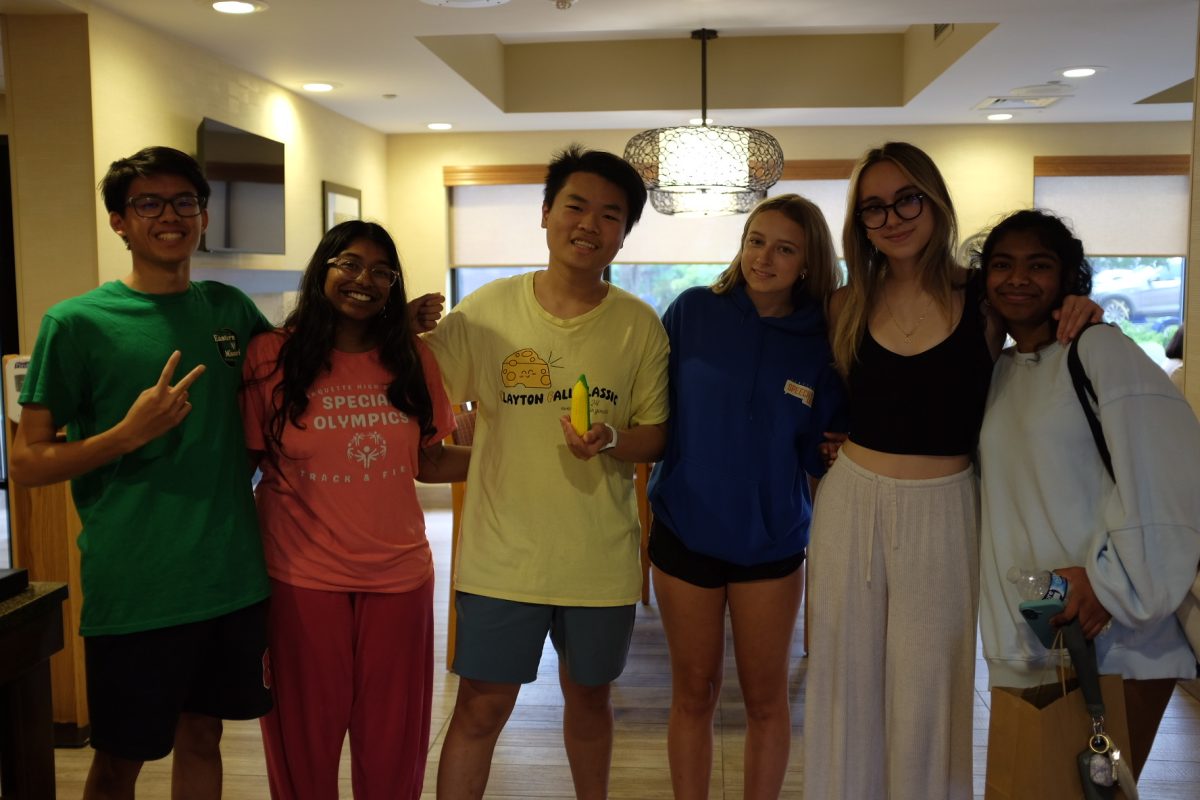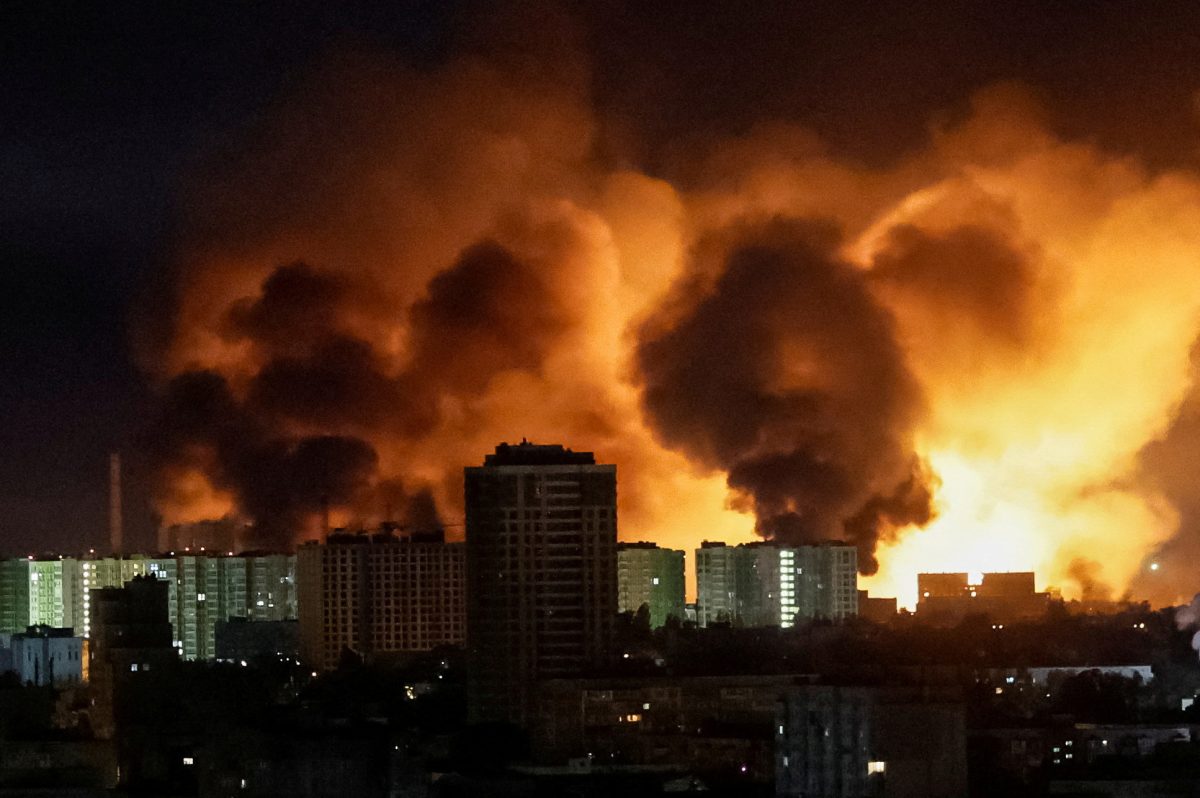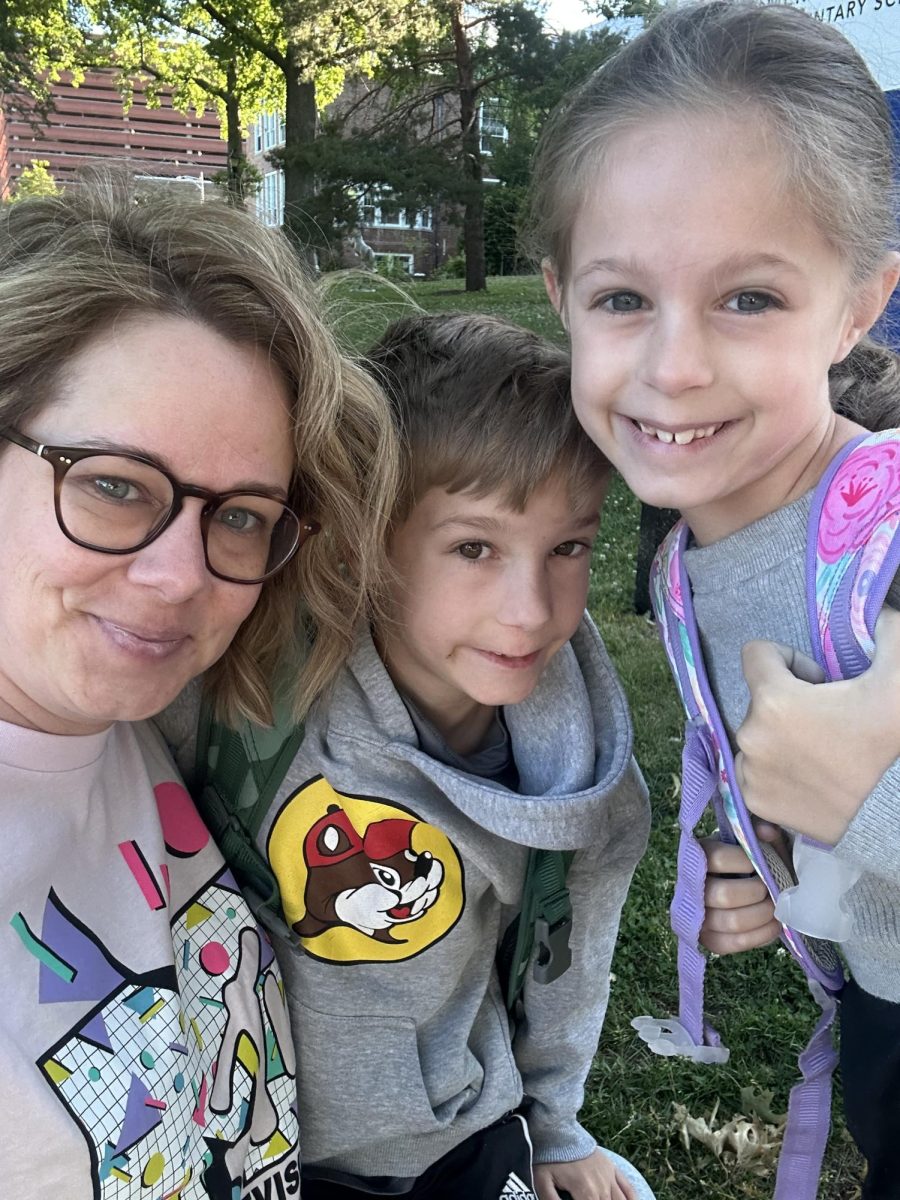The Tutors
October 4, 2014
Sophomore Anisa Buttar-Miller and a team of six other volunteers from CHS spent the month of July in an overheated classroom with a group of rowdy fifth graders.
“It was amazing, and surprising. Definitely beyond anything I expected,” Buttar-Miller said about the experience.
Last spring, she got the idea to organize a program within the Normandy Collaborative summer school program. After weeks of planning and discussion, Buttar-Miller, Dr. Wilkinson, the superintendent of the Clayton School District, and Dr. McNichols, the superintendent of the Normandy School District, reached a solid plan for a program that would take place during the month of July in which volunteers from CHS would work with a group of Normandy students who were struggling academically to help them further develop basic math, reading, and writing skills.
The idea didn’t come out of nowhere. Buttar-Miller has always wanted to help out, and she thought Normandy was a great place to start. “I wanted to make a difference in the community, but Clayton’s pretty good in almost every way, so I branched out a bit and saw all the problems at Normandy,” she said.
There was no time to waste. The idea was barely out of the developmental stages when she had to start recruiting volunteers. The process was informal, and a little bit chaotic. “Everything was last minute,” Buttar-Miller said.
But it didn’t take long to get together a team of enthusiastic volunteers, many of which were already interested in working with kids, like Junior Melanie Villani. “I’ve had experience working with less privileged kids in the city before, and I really enjoyed it,” Villani said.
Others, like Sophomore Tessa O’Bryan, simply thought it sounded like a good way to spend their time and decided to get involved. “I just really like to be around kids. It seemed like fun, and I didn’t have anything planned, so I was like, ‘Why not?’” she said.
Buttar-Miller is very grateful for the six volunteers who stepped forward. “None of it would’ve happened without them,” she said.
None of the volunteers knew exactly what they were getting into. Technicalities, like the number of kids from Normandy participating and how the program would fit into their schedule among their other classes, were still being worked out. Some days, the volunteers would show up to find that two kids that had been coming to the sessions would not be coming back, and that three new kids would be coming for the rest of the month. The next day, one of those three kids might decide to stop coming altogether. Keeping track of them proved to be no easy task. “We just had to see who was there that day, and what they felt like doing,” O’Bryan said. “It was always a surprise.”
However, the challenges extended far beyond attendance issues. Oftentimes the volunteers and the Normandy students disagreed over viewpoints that they were not used to having challenged. A significant cause of conflict was the issue of homophobic slurs, which a few kids would use to make fun of each other without realizing the weight of their words. Villani found this particularly troubling. “I wasn’t really sure how to deal with the slurs. They really affected me on a personal level,” Villani said.
Instead of seeing this as a problem, the volunteers saw it as a learning opportunity. One afternoon when one kid called his classmate “gay” after multiple warnings, Buttar-Miller promptly grabbed a dictionary from the nearest shelf and had him look up the meaning of the word. He was surprised by what he read. “I think it worked,” Buttar-Miller laughed.
The kids were not just limited in their views on issues like the meaning of the word “gay.” They also lacked certain essential learning resources such as specialists and supplementary programs during the school year. Some of them had learning disabilities that had not been addressed.
Travis, a student that Buttar-Miller worked with, wants to become a doctor, but isn’t sure how to pursue his goal. “If the system wasn’t so [messed up], he would do so much with his potential, but, as it is, he doesn’t think he can be a doctor. He’s a great kid, just without a lot of resources,” Buttar-Miller said.
The common goal of pushing the kids past these limitations was the driving force behind the program. There were bumps in the road, and more than few unexpected challenges, but the combined effort of the tutors and the students allowed for a gratifying experience for all who participated. Many of the volunteers can pinpoint the moment when they realized the meaning of what they were doing.
“At the very end of the program, we asked the kids if they’d want to be a part of a similar tutoring program during the year. Most of them said they would be interested, even the kids we were sure we weren’t getting through to,” Villani said. “A couple were really excited about the prospect of us coming back. That moment was really gratifying for me, it was great to know what we were doing wasn’t a complete waste.”
One of these moments, one that all of the volunteers shared, was reading a note that a few of the students left for them. Just a few short sentiments scribbled on a whiteboard in the corner of the room, an afterthought. But it meant more to the volunteers than the kids would know.
“Thank you for teaching us a lot. Bye and thank you. Good luck.”





